When it comes to a baseboard, there are two primary schools of thought: matching the wall or matching the floor. So which is the right choice for your home? It’s a good thing we have compiled the pros and cons of both options and helped you decide.
Painting your walls or floor a different color than your baseboard can either make it stand out or create an unwanted visual contrast. But when it comes to identifying the proper color matching for your baseboard to walls or flooring, there is no right or wrong answer. It all depends on your personal preference and the overall look you want.
Yet still, you need to consider a few things:
- Style of your home
- The overall theme of your home
- The color scheme of the room or rooms
Keep reading to see how color-matching baseboards to floors or walls can significantly impact your home interior decor. See, you can make your home look phenomenal by mixing and matching the hues of baseboards.
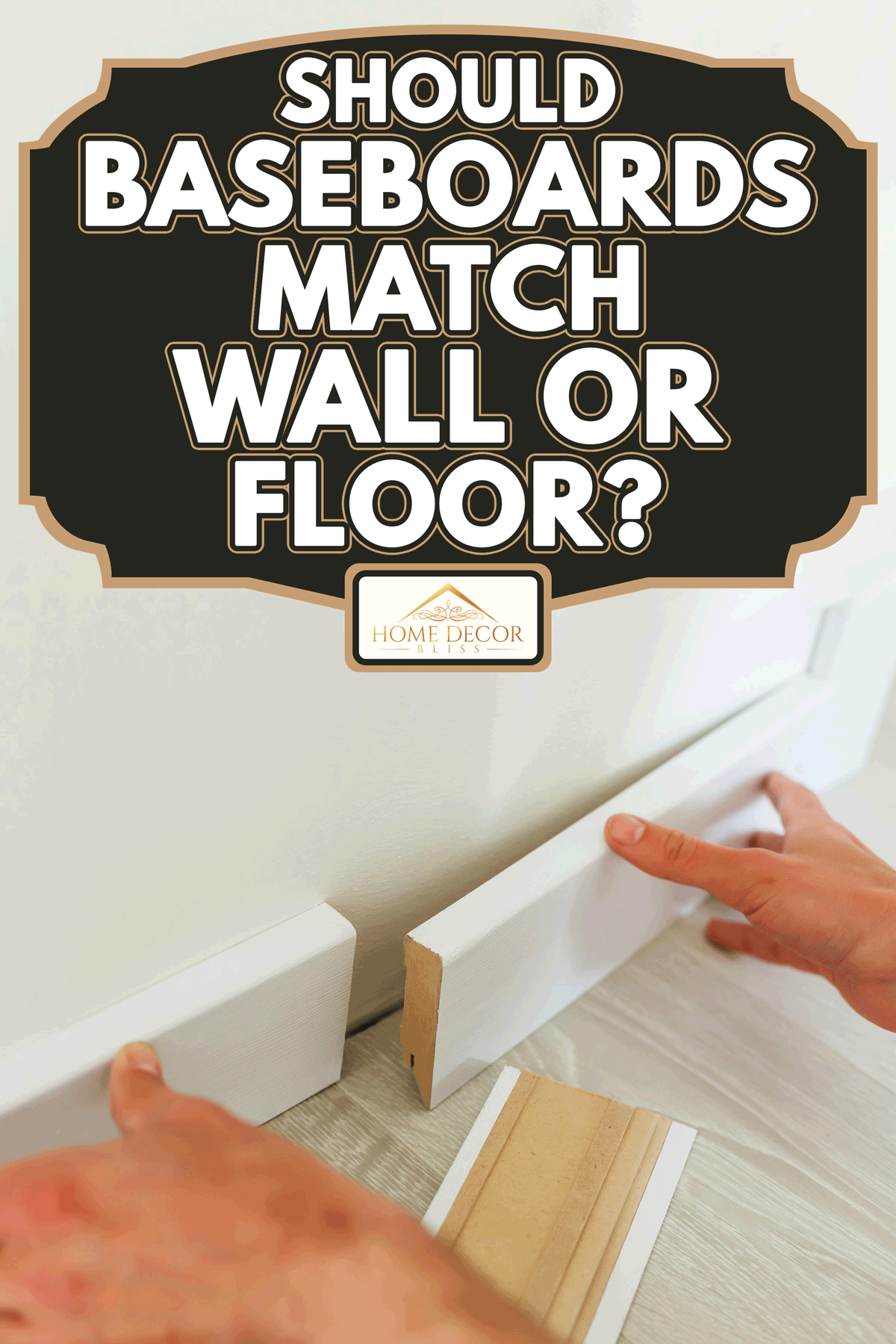
What is baseboard, and what does it do?
Baseboard is an essential but often overlooked element of a room's design. It is the trim that runs along the bottom of the wall, and you can choose from a variety of materials, including wood, plaster, or metal.
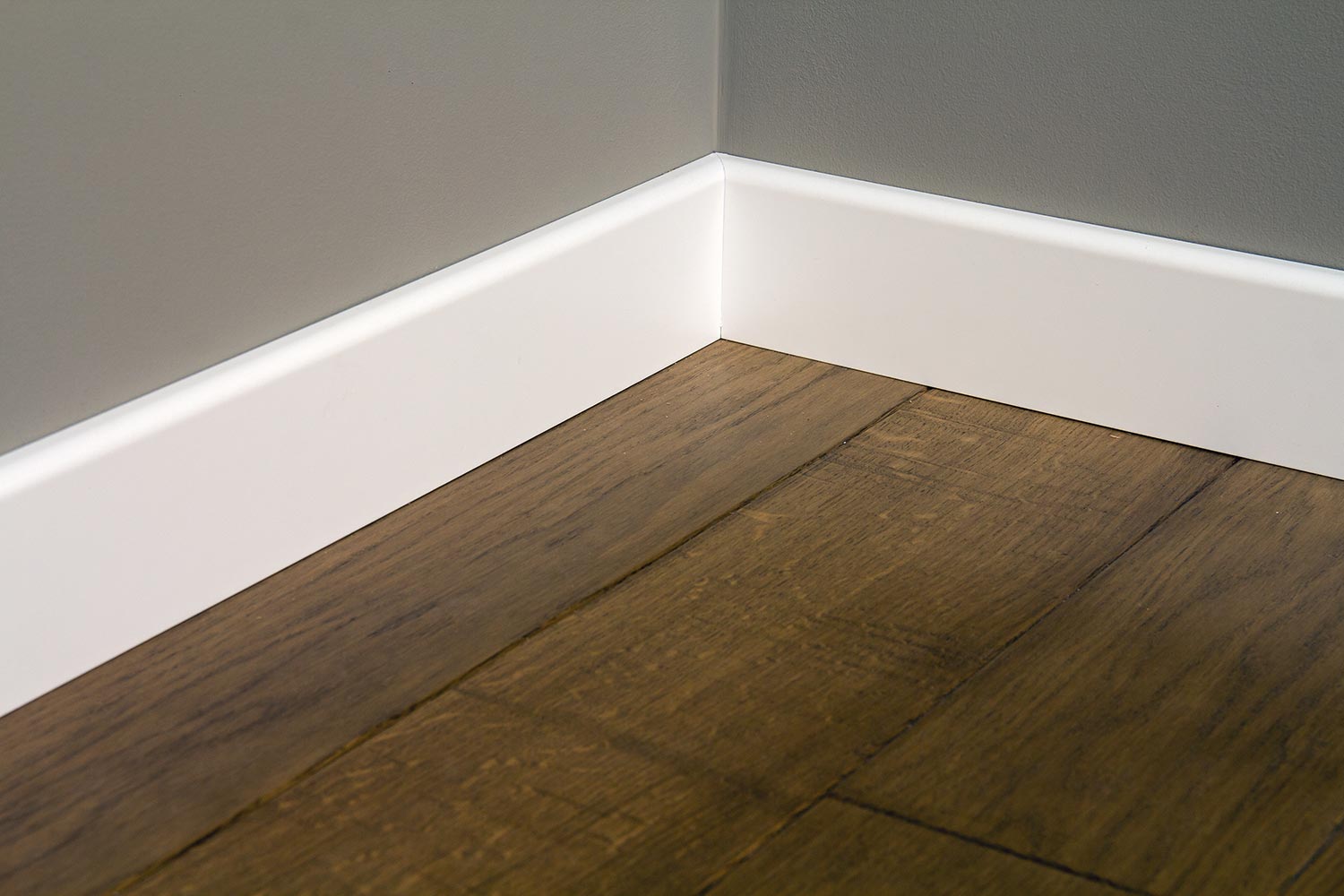
In addition to being decorative, baseboard serves an essential purpose:
- It helps to protect the wall from damage. When placed against the wall, baseboard provides a barrier that prevents furniture from scuffing the paint or wallpaper.
- It aids in hiding any gaps between the wall and the floor.
- It gives a room a polished and finished look.
The baseboard is functional and aesthetically pleasing, making it an essential element of any well-designed room. But, how can you decorate your baseboard? Others prefer baseboard matching the floor, while others go along with matching the floor.
Should the baseboard match the wall or floor color scheme?
You are free to choose your home’s baseboard color, which ultimately comes down to personal preference. But then, there are a few things to keep in mind that may help you make your decision.
1. Style of your home
A well-coordinated color scheme can give your home a pulled-together look, whereas mismatched colors can make your home look disjointed and unfinished.
For instance, if you have a traditional home with lots of woodwork for floors and walls, you may want to choose a darker color that will blend in with the woodwork. On the other hand, if you have a modern home with clean walls and follows and a minimalistic aesthetic, you may want to choose a brighter color that will add some contrast.
2. The theme of your home
When choosing the right color for your baseboards, it's crucial to consider your home's overall theme. For example, if you have a light and airy space with pale walls, using a dark or bold color for your baseboards can create a stark contrast that may be too jarring.
On the other hand, if your home has a more rustic or industrial feel, using a light-colored baseboard on a dark-theme floor or wall could help to soften the look.
Ultimately, the best way to choose a baseboard color is to consider your home's existing colors and themes and choose a shade that will complement them.
3. The color scheme of the area
The color scheme of any given area can profoundly affect the overall aesthetic. For example, a room with cool tones will appear calmer than one with warm tones. It is why it's essential to consider the color scheme of an area when choosing a baseboard color.
A cool-toned room can handle a brighter or more saturated baseboard color, while a warm-toned room will be better suited to a subdued or neutral baseboard.
The best way to choose a baseboard color is to experiment with different options until you find something you love. To help you decide further, check out the advantages and disadvantages of matching colors for your baseboards to floors or walls.
Pros and cons of matching baseboard and floor
We may include affiliate links and curated AI content to highlight top design styles.
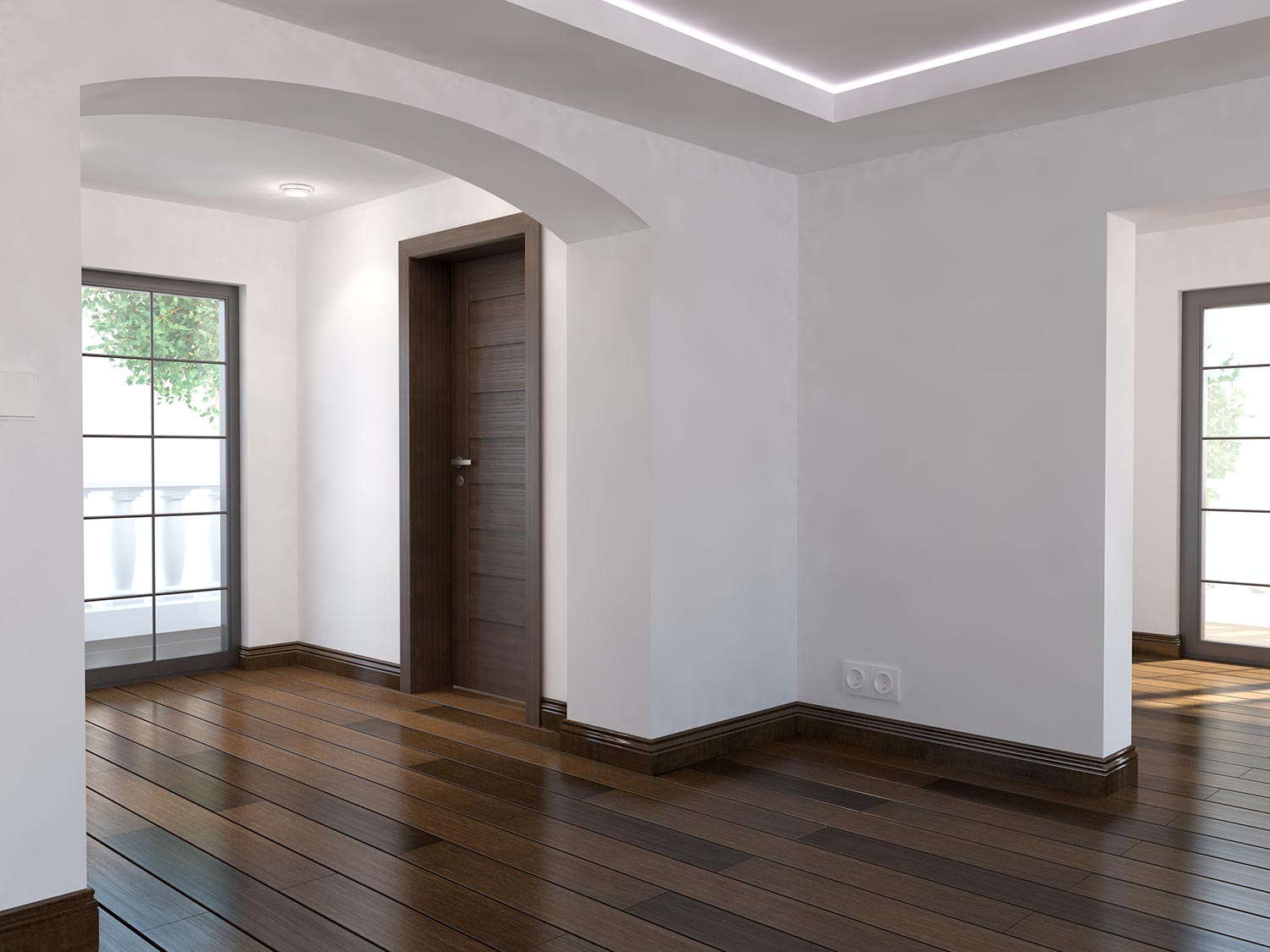
Pros
Matching baseboard and floor can create a cohesive look in a room. It can be especially effective in small spaces, where a uniform look can make the room appear larger. Matching the baseboard and floor can also be an excellent way to highlight other design features in the room, such as crown molding or wainscoting.
Cons
On the downside, matching baseboard and floor can be challenging to style and maintain. It's essential to choose complementary and consistent colors throughout the room.
If one element is different, it can create an overall jarring effect. Additionally, if there is any damage to either the baseboard or flooring, it can be difficult to fix without making noticeable repairs.
Pros and cons of matching baseboard and wall
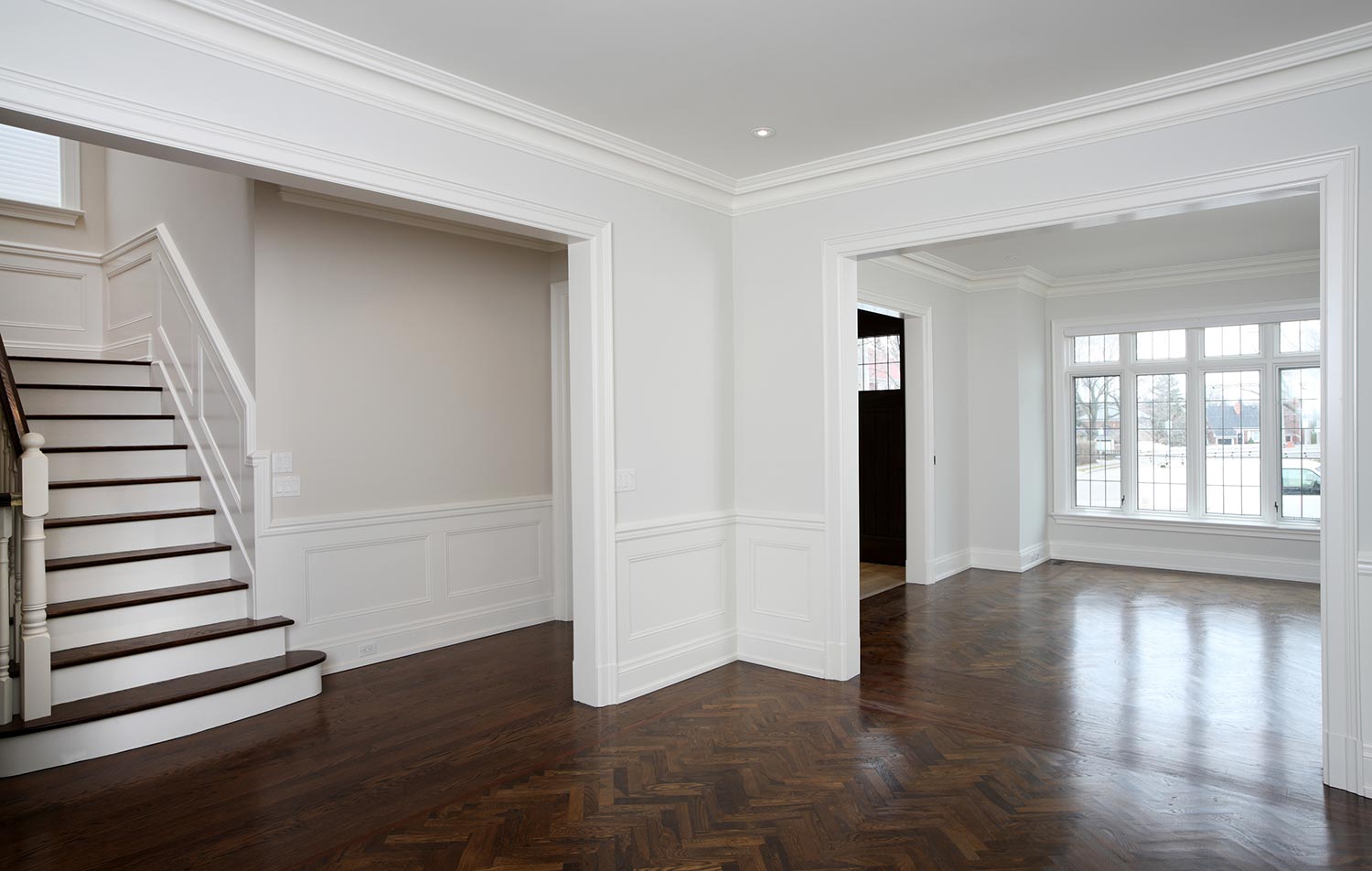
Baseboard and wall color is something that many homeowners consider when choosing paint colors. Some believe that matching the baseboard and wall color creates a cleaner look, while others think it can be too much of the same color.
Pros
Matching the baseboard and wall color can create the illusion of a taller room. It is because one continuous color can make the eye travel up the wall, giving the illusion of height. Another pro is that it can make a small room appear larger. A continuous color gives the eye a sense of movement, making the space appear more open.
Cons
It can be challenging to find the exact color when you need to touch up or replace your baseboards. If your walls have a light color, you may also find that the baseboards show dirt and scuffs more easily. And if you ever decide to change the wall color, you'll likely need to replace the baseboards.
Pros and cons of baseboard mismatching floors and walls
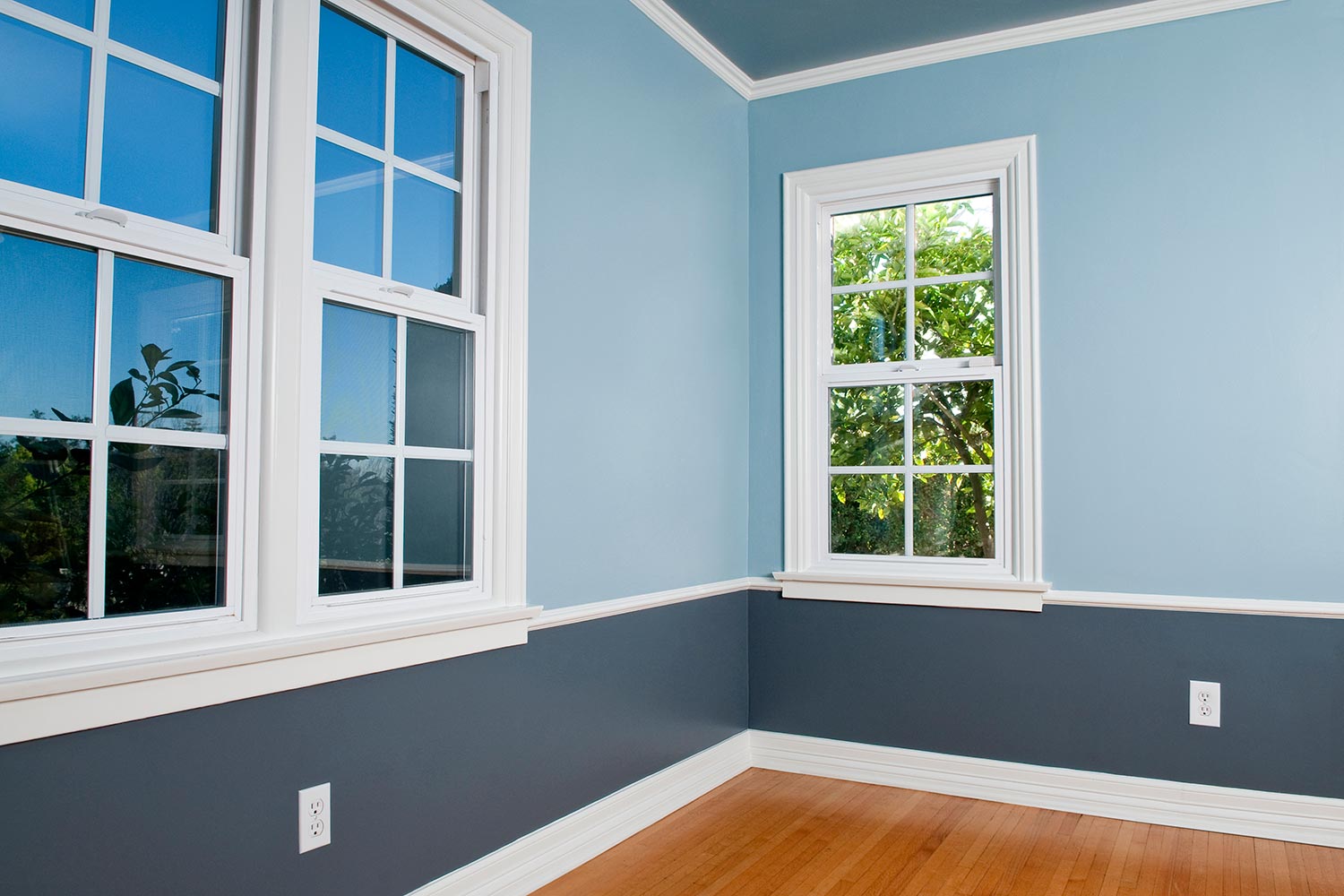
Pros
One advantage of baseboard mismatching is adding visual interest to a room. A contrasting color or pattern can help divide and break up colors and give the eye something to rest on.
Additionally, mismatching colors can also help to highlight architectural features or direct traffic flow. In a small room, for example, using lighter colors on the walls and darker colors on the floor can make the space.
Cons
The main downside of mismatching baseboard and floor or wall is that it can be challenging to achieve a cohesive look. Without a coordinated color palette, the room may appear disjointed or mismatched. Additionally, it can be more challenging to maintain and clean. It's essential to choose durable and easy to clean materials.
Collect a complete set of baseboard cleaning materials. - Check them on Amazon.
In the end, it's up to you which option you choose. Both matching the wall and the floor have pros and cons, so it's crucial to weigh the options and decide which is best for your home.
If you're still unsure which choice is right for you, contact a professional interior designer for help! They will be able to advise you on the best course of action and help you create a beautiful and functional room.
Should baseboards be darker or lighter than walls?
If you want your baseboard to blend in, you should select a shade similar to your wall or floor color. It will create a seamless look and help the baseboards to recede into the background.
But if you want your baseboards to stand out, then you should choose a color that contrasts with your walls. It results in a more dramatic look and helps the baseboards to pop.
Is white the best baseboard color?
White is a popular choice because it is versatile and can match various wall colors. It also gives a clean and classic touch. For example, in a traditional space, white baseboards can help to create a feeling of luxury and sophistication. So if you're unsure of the color for your baseboard, the white color would not hurt.
But then, depending on the style of the room, you may still choose from colors like wood tones, black, and metallic finishes.
Apply white paint to your baseboard. - See it on Amazon.
How to care for your baseboard?
Here are a few tips to help you keep your baseboard looking like new:
- Dust regularly: Dust can accumulate quickly on the baseboard, so dust it regularly with a soft cloth or vacuum attachment.
- Spot clean spills: If anything is spilled on your baseboard, clean it up immediately. Use a gentle cleanser and a soft cloth to avoid damaging the finish.
- Protect from scratches: Take care not to scratch your baseboard by using furniture pads or coasters.
Use soft cloth to clean your baseboard. - Check it on Amazon.
If you follow these simple tips, your baseboard will look great for years to come!
Final Thoughts
No matter which color you decide to go to, remember that proper preparation is vital for any painting project. So, it’s better to do your research and plan everything out to enjoy mixing and matching your baseboard colors to your walls and floors.
To learn more about home interior decors, check out the following articles below:
15 Wood And Carpet Stairs Combination Ideas




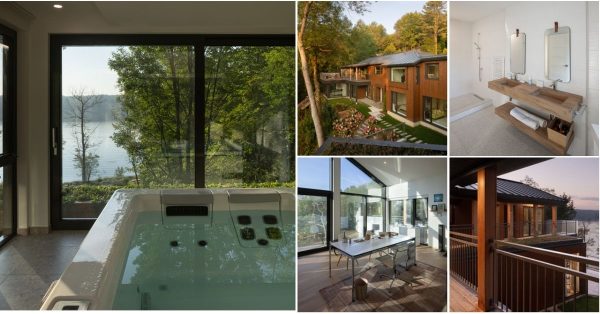
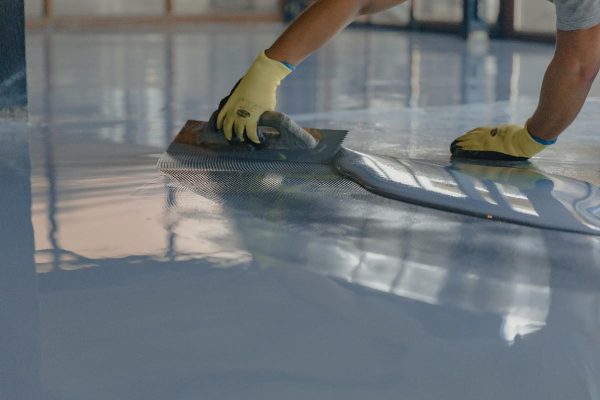
![Spacious maroon apartment with corner sofa, red armchair and wooden cupboard - What Color Goes With Maroon [11 Great Color Schemes]](https://homedecorbliss.com/wp-content/uploads/2022/06/Spacious-maroon-apartment-with-corner-sofa-red-armchair-and-wooden-cupboard-600x400.jpg)